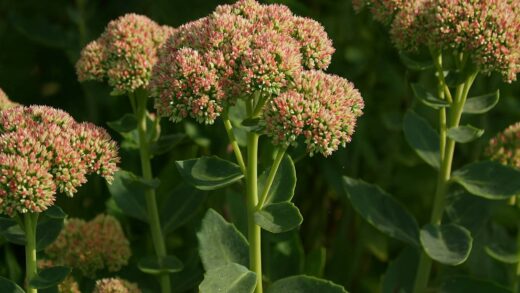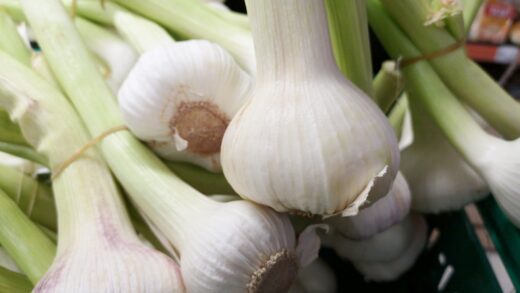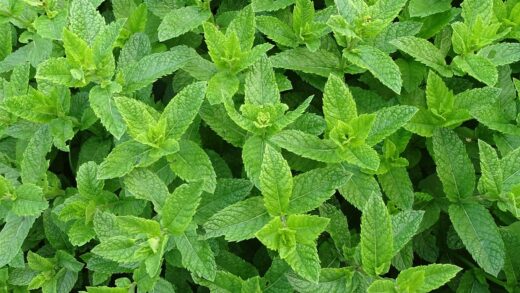The ZZ plant, with its reputation for being nearly indestructible, is a fantastic choice for both seasoned gardeners and beginners alike. Its ease of care is matched by the straightforward process of planting and propagation, which allows you to effortlessly expand your collection or share this beautiful plant with friends and family. Understanding how to properly pot and multiply your ZZ plant is key to ensuring its long-term health and vibrant appearance. The plant’s unique root system, consisting of water-storing rhizomes, is the central element to consider when undertaking these tasks, as it dictates the type of soil and container that will lead to success.
Choosing the right pot and soil
The choice of pot is a critical first step in successfully planting a ZZ plant. The most important feature to look for is adequate drainage. A pot with a drainage hole at the bottom is essential to prevent water from accumulating and causing root rot, which is the most common issue for this species. While terracotta pots are popular for their breathability, a plastic or glazed ceramic pot will also work as long as it has a drainage hole. The size of the pot should be appropriate for the size of the plant’s root ball, as using a pot that is too large can hold excess moisture and lead to problems.
When it comes to soil, the ZZ plant thrives in a well-draining, airy mix that mimics its native environment. A standard potting mix for houseplants can be used, but it’s highly recommended to amend it to improve drainage. Adding materials such as perlite, coarse sand, or pumice to the soil will increase aeration and ensure that water moves freely through the pot. A good ratio is approximately two parts potting soil to one part perlite or sand. This blend will prevent the soil from becoming compacted and waterlogged, which is crucial for the health of the rhizomes.
Repotting a ZZ plant
Repotting is a necessary part of the ZZ plant’s lifecycle, as it eventually outgrows its container. The best time to repot is during the spring or early summer when the plant is in its active growing phase. Signs that your ZZ plant needs a new home include roots emerging from the drainage holes, a visibly root-bound plant, or a pot that is becoming top-heavy. When repotting, choose a container that is only one or two inches larger in diameter than the previous one. This prevents the soil from staying too wet after watering.
To repot, gently remove the plant from its current container. You may need to carefully tap the sides of the pot to loosen the soil. Once the plant is free, inspect the root system. If you see tightly coiled or matted roots, gently tease them apart to encourage them to grow outwards into the new soil. Place a small amount of the new, well-draining soil mix at the bottom of the new pot, position the plant, and then fill in the rest of the pot with soil, making sure to cover the rhizomes. After repotting, wait a few days before watering to allow any small root injuries to heal.
More articles on this topic
Division propagation
Division is the easiest and most successful method for propagating a ZZ plant. This process is best done when you are already repotting the plant, as it involves physically separating the plant at its root system. Start by carefully removing the plant from its pot and gently teasing apart the root ball. You will see that the plant is composed of several stems, each with its own rhizome. Carefully pull apart these sections, ensuring each new section has at least one healthy rhizome and a few stems attached.
Once you have separated the desired sections, plant each new division in its own pot with fresh, well-draining soil. Each new pot should have a drainage hole. The size of the pot should be appropriate for the size of the new division, typically a few inches larger than the rhizome itself. After planting, you should wait for a few days before watering the new divisions. This allows the roots to acclimate to their new environment and reduces the risk of root rot.
Leaf and stem cutting propagation
Propagating a ZZ plant from leaf or stem cuttings is a slower but equally viable method. For leaf cuttings, you can use a single leaf with a small piece of the petiole, the small stem that connects the leaf to the main stalk. Simply insert the petiole end into a pot of well-draining soil or a mix of perlite and peat moss. The pot should be placed in a warm location with bright, indirect light. Be patient, as it can take several months for a new rhizome to form beneath the soil.
Stem cuttings are another option and tend to be slightly faster than leaf cuttings. To take a stem cutting, select a healthy, young stem and cut it at its base. You can then place the stem in a container with fresh soil. Ensure that the base of the stem is planted securely. Both leaf and stem cuttings will benefit from a consistently warm environment. You should water sparingly, only when the soil has completely dried out. Once you notice new growth, it’s a good sign that a new rhizome has successfully formed.


















